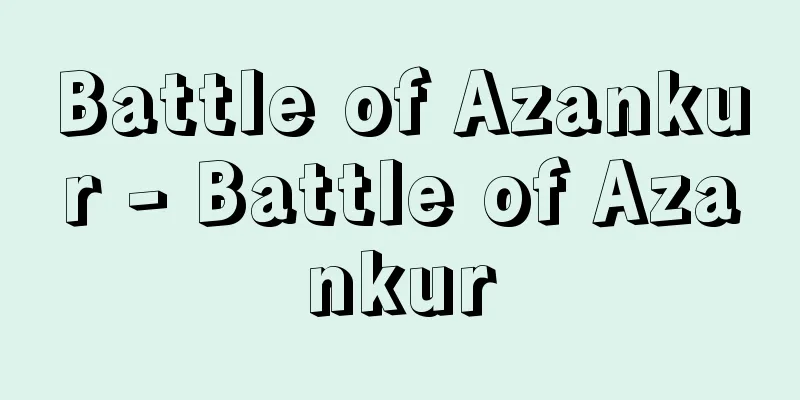Sogdians - Sogd (English spelling)

|
The indigenous people of the region of Sogdiana, centered around the Zerafshan River basin in Central Asia. The Sogdians are of Iranian descent and have long been engaged in international commerce and trade, establishing settlements in East Turkestan, the northern foothills of the Tianshan Mountains, northwestern Gansu, and the interior of the Mongolian Plateau, with many living in Chang'an during the Tang Dynasty. In particular, within nomadic nations such as the Xiongnu, Turks, and Uighurs, they engaged in commerce and served as political and cultural advisors to their rulers, and in China they were called Shang Hu and Jia Hu. They were Zoroastrians at first, but later some people adopted Manichaeism, which became the state religion of the Uighurs and was then introduced to China during the Tang Dynasty. The calendar they used was used in this region until the time of Ulugh Beg of the Timurid Empire (reigned 1447-49), and the Uighur script was created from the Sogdian script, which became the basis for the Mongolian and Manchu scripts. Recent research has also suggested that the so-called Turkic script was also developed from the Sogdian script. In recent years, documents (Mugu documents: legal and economic documents written on paper and wood), ruins of Sogdian cities, and various artifacts have been excavated from Mount Mugu, east of Samarkand, and Penjikent, also east of Samarkand, and their lifestyle and culture are becoming clearer. [Masao Mamoru] “Ancient Nomadic Empire” by Masao Go (Chuko Shinsho) [References] |Source: Shogakukan Encyclopedia Nipponica About Encyclopedia Nipponica Information | Legend |
|
中央アジアの、ゼラフシャン川流域を中心とするいわゆるソグディアナ地方の原住民。ソグド人はイラン系で、古くから国際的商業貿易に従事して、東トルキスタン、天山山脈北麓(ほくろく)、甘粛(かんしゅく)北西部、モンゴル高原内部に居留地をつくり、唐の長安にも多数住んでいた。とくに匈奴(きょうど)、突厥(とっけつ)、ウイグルなどの遊牧国家の内部では、商業に従うとともに、その君主たちの政治的・文化的顧問として活躍し、中国では商胡(しょうこ)、賈胡(ここ)などとよばれた。初めはゾロアスター教徒であったが、のちにマニ教を奉ずる者も現れ、彼らの発展によって、マニ教がウイグルの国教となり、ついで唐代の中国に伝わった。彼らの使用した暦は、ティームール帝国のウルグ・ベク(在位1447~49)のときまでこの地方で使用され、またソグド文字からウイグル文字がつくられ、これがモンゴル文字、満州文字のもとになった。なお、最近の研究によると、いわゆる突厥文字もソグド文字からつくられたものであるといわれている。近年、サマルカンド東方のムグ山、サマルカンド東方のペンジケントから、文書(ムグ文書。紙・木などに書かれた法律・経済文書)や、ソグド人の都市遺跡、各種の遺物が発掘され、彼らの生活様式、文化などが明らかになりつつある。 [護 雅夫] 『護雅夫著『古代遊牧帝国』(中公新書)』 [参照項目] |出典 小学館 日本大百科全書(ニッポニカ)日本大百科全書(ニッポニカ)について 情報 | 凡例 |
<<: Sogdian documents - Sogdian literature
Recommend
Nutritional requirements - eiyoushoyoryo
The amount of energy and nutrients that is desirab...
Chelyuskin, SI (English spelling)
…An Arctic Ocean meteorological and hydrological ...
Epagomene - Epagomene
…A solar calendar originating from ancient Egypt....
IBA (Bauxite)
... This kind of resource nationalism (a movement...
Oil-impregnated bearings - oilless bearings
Also called oilless bearings. A bearing material m...
Dellinger, JH
...A sudden bright explosion on the surface of th...
Terms and Conditions of Carriage - Unso Yakkan
Carriers must enter into a large number of transpo...
Sorbian language - Sorbian (English spelling)
It is also called Wendish or Lusatian. It is spoke...
Great Prajnaparamita Sutra - Daihannyatendoku
The name of a Buddhist memorial service. A memoria...
Sujiyu [Hot Spring] - Sujiyu
A hot spring located in the upper reaches of the K...
Rotatory dispersion
…The optical rotation of an optically active subs...
Kinki flag
〘Noun〙 The flag of the Emperor. A long, narrow fla...
Tojuin
A Tendai sect temple in Samani-cho, Samani-gun, Ho...
Specific gravity balance (specific gravity scale)
A balance used to measure the buoyancy of a solid ...
Consumers Union
...In 1891, the Consumers' League was formed ...









